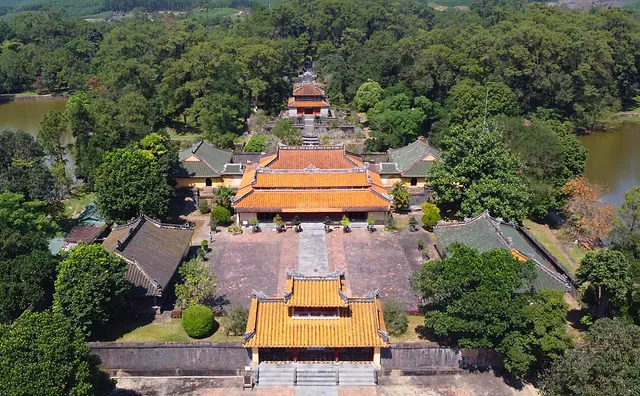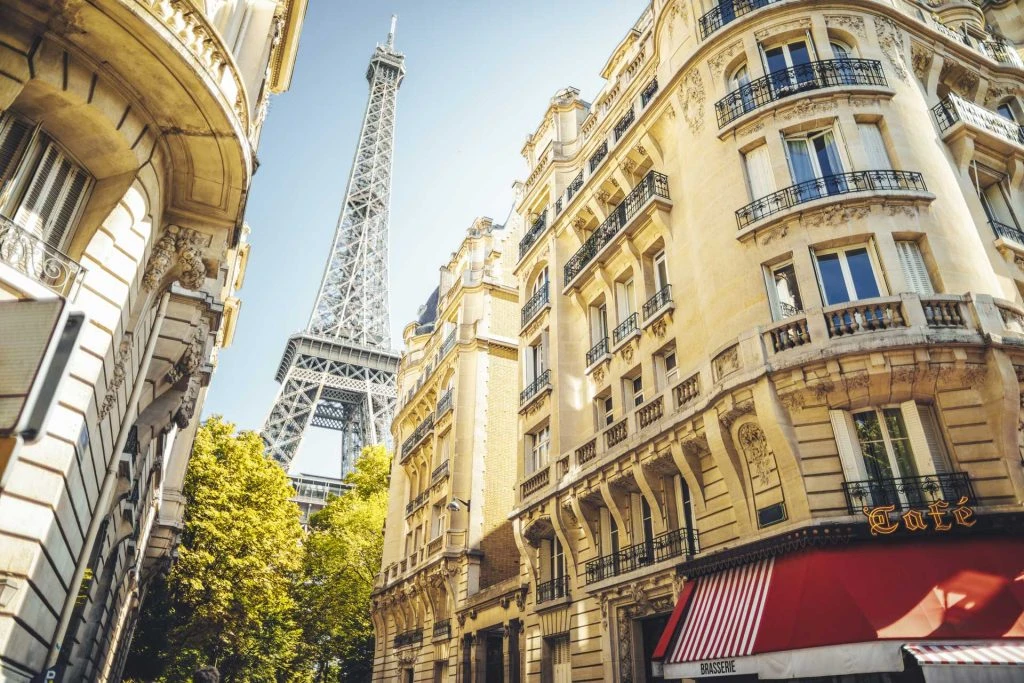Hue Travel Guide
- Travel Guide
- November 11, 2024
- Destination
- By Admin
Hue, Vietnam’s ancient imperial capital, is a city steeped in history, culture, and architectural splendor. Once the political and cultural heart of Vietnam during the Nguyen Dynasty (1802–1945), Hue is renowned for its grandiose citadels, royal tombs, and ancient pagodas. This detailed travel guide will help you uncover the treasures of Hue, offering insights into its top attractions, cultural experiences, and practical tips for visitors.
Hue, Vietnam’s ancient imperial capital, is a city steeped in history, culture, and architectural splendor. Once the political and cultural heart of Vietnam during the Nguyen Dynasty (1802–1945), Hue is renowned for its grandiose citadels, royal tombs, and ancient pagodas. This detailed travel guide will help you uncover the treasures of Hue, offering insights into its top attractions, cultural experiences, and practical tips for visitors.
Hue is located in central Vietnam, along the banks of the Perfume River (Huong River), and is about 700 kilometers south of Hanoi and 1,100 kilometers north of Ho Chi Minh City. The city’s strategic location along the river and its historical significance as the seat of the Nguyen emperors have left a rich legacy of well-preserved architecture and historical sites. Hue’s charm lies in its blend of historical grandeur and tranquil surroundings, making it a must-visit destination for history buffs and cultural enthusiasts.
1. Top Attractions in Hue
Hue is home to a wealth of historical and cultural sites, each offering a glimpse into its regal past. Here are some of the must-visit attractions in Hue:
Imperial City (Citadel): The Imperial City, or Kinh Thanh Hue, is the heart of Hue’s historical significance. This vast complex, enclosed by a moat and defensive walls, was the seat of the Nguyen Dynasty emperors. It encompasses the Forbidden Purple City, where the royal family resided, and numerous palaces, temples, and gates. Key highlights include the Thai Hoa Palace, known for its ornate architecture and ceremonial significance, and the Imperial Museum, which showcases artifacts from the Nguyen era.
.webp)
Hue Royal Tombs: The royal tombs of the Nguyen emperors are scattered around Hue and are renowned for their elaborate architecture and serene settings. Key tombs to visit include:
Tomb of Tu Duc: Known for its beautiful garden and tranquil lake, Tu Duc’s tomb is a reflection of the emperor’s love for nature and poetry. The tomb complex features a series of pavilions, ponds, and statues, set against a backdrop of lush greenery.

Tomb of Khai Dinh: This tomb is an eclectic mix of traditional Vietnamese and Western architectural styles. The elaborate mosaic decorations and intricate details make it one of the most visually striking tombs in Hue.

Tomb of Minh Mang: Minh Mang’s tomb is set in a picturesque location surrounded by forests and waterways. The tomb’s layout follows traditional geomancy principles, with a series of grandiose gates, pavilions, and courtyards leading to the emperor’s final resting place.

Thien Mu Pagoda: Perched on a hill overlooking the Perfume River, Thien Mu Pagoda is one of the oldest and most iconic pagodas in Vietnam. The seven-story pagoda is an architectural marvel, and its serene setting provides a peaceful retreat from the city. The pagoda is also home to the iconic Austin car that transported the monk Thich Quang Duc to Saigon, where he self-immolated in protest against the government in 1963.

Perfume River (Huong River): The Perfume River flows through Hue, offering a picturesque setting for boat cruises and leisurely walks along its banks. A boat ride on the river provides a unique perspective of Hue’s landmarks, including the Imperial City and the surrounding countryside.

2. Cuisine
Hue is famous for its imperial cuisine, which is characterized by its elaborate presentation and refined flavors. Traditional dishes include bun bo Hue (spicy beef noodle soup), banh khoai (crispy pancakes), and banh chung (sticky rice cake). Many restaurants in Hue offer royal-style meals, often served in an elegant, traditional setting.

3. Cultural Experiences in Hue
Traditional Music: Hue is known for its traditional music genres, including nha nhac (court music) and dan ca (folk songs). Nha nhac, recognized as a UNESCO Intangible Cultural Heritage, is performed during royal ceremonies and festivals. You can enjoy traditional music performances at various venues in Hue, including the Imperial City and cultural centers.

Festival of Hue: Held every two years, the Festival of Hue is a major cultural event that showcases the city’s rich heritage through various performances, exhibitions, and parades. The festival features traditional music and dance, art exhibitions, and historical reenactments, providing a vibrant and engaging way to experience Hue’s culture.

Hue is a city that invites you to step back in time and explore Vietnam’s imperial heritage. With its grand architecture, historic sites, and vibrant cultural experiences, Hue offers a captivating journey through the past and a chance to immerse yourself in the rich traditions of the Nguyen Dynasty.
Don't miss out
Stay up-to-date with our special offers














